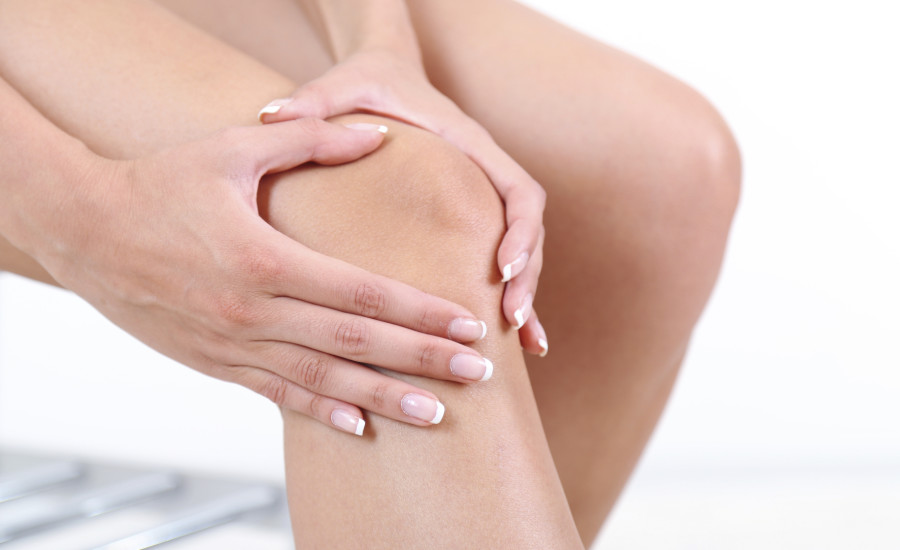|
Chances are that if you asked those around you, nearly everyone would admit that they have experienced knee pain to some degree. Whether it’s caused by arthritis, excessive foot pronation, or overuse of the muscles that protect these vulnerable joints, our knees take a beating. In fact, did you know that knee arthritis is the single greatest cause of chronic disability among U.S. adults ages 65 and older?
Here’s the good news: most chronic knee pain is avoidable. Research published in the New England Journal of Medicine suggests that exercise and physical therapy can be just as effective as surgery for relief from chronic knee pain related to arthritis. By strengthening and stretching key muscles and by learning ways to protect and take care of our knees, we can ultimately prolong the health of our knees. Here are 5 ways you can prevent and ease knee pain:
0 Comments
Your comment will be posted after it is approved.
Leave a Reply. |
Our BlogRead here for more information about our practice, industry news, tips for taking care of your body, and great recipes for healthy living. Categories
All
|


 RSS Feed
RSS Feed